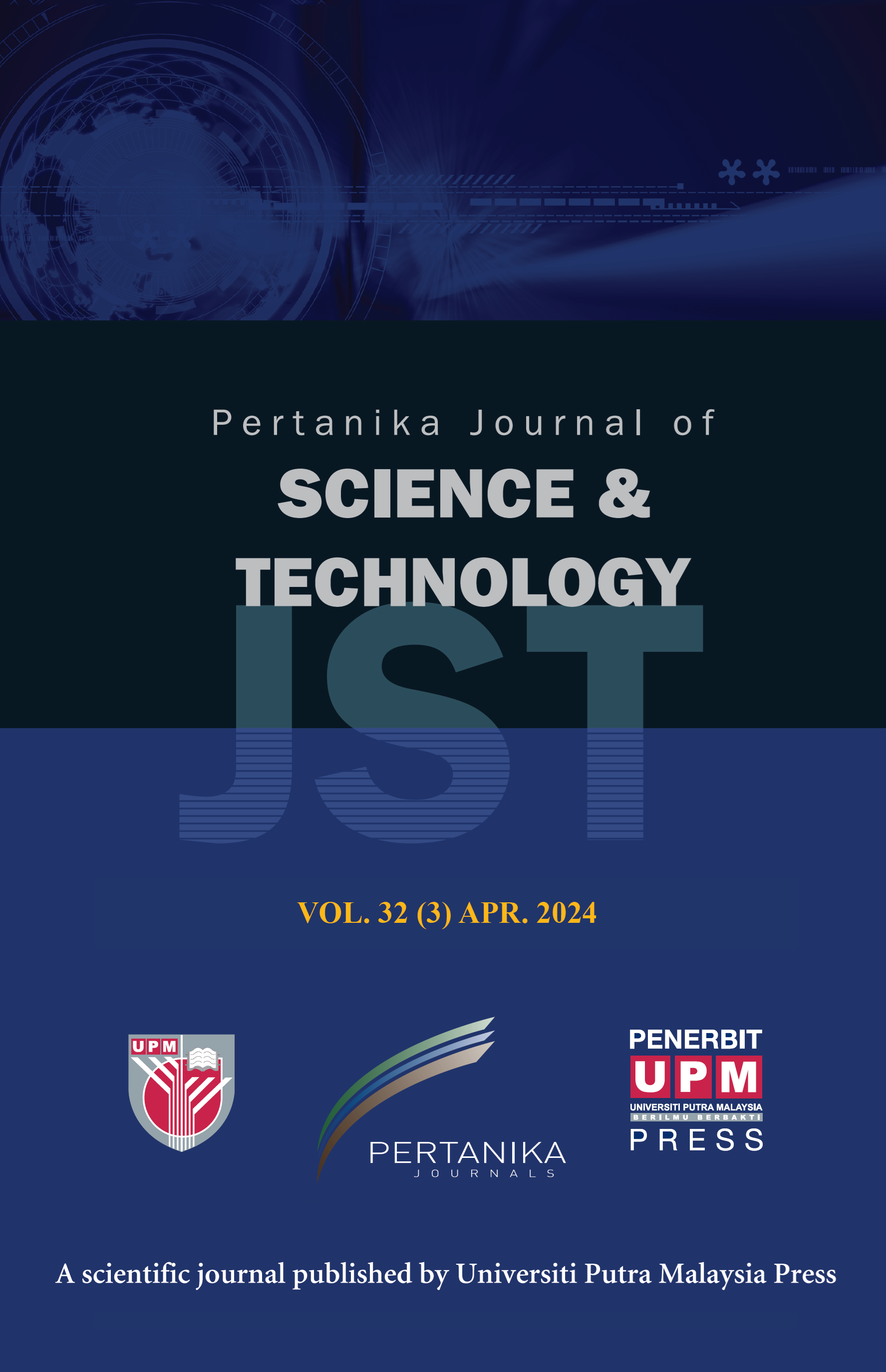PERTANIKA JOURNAL OF SCIENCE AND TECHNOLOGY
e-ISSN 2231-8526
ISSN 0128-7680
J
J
Pertanika Journal of Science & Technology, Volume J, Issue J, January J
Keywords: J
Published on: J
J
-
Banning, S. A., & Sweetser, K. D. (2007). How much do they think it affects them and whom do they believe?: Comparing the third-person effect and credibility of blogs and traditional media. Communication Quarterly, 55(4), 451-466. https://doi.org/10.1080/01463370701665114
-
Brown, C., Czerniewicz, L., Mayiesela, T., & Huang, C.-W. (2016). A practice based approach to theorising digital education leadership. Commonwealth of Learning. http://dspace.col.org/bitstream/handle/11599/2542/PDF?sequence=4
-
Briones, R. L., Kuch, B., Liu, B. F., & Jin, Y. (2011). Keeping up with the digital age: How the American Red Cross uses social media to build relationships. Public Relations Review, 37(1), 37-43. http://doi.org/10.1016/j.pubrev.2010.12.006
-
Carpenter, D. M., Robertson, J. W., Johnson, M. E., & Blum, S. (2014). Social media analytics in education: What is it, how is it useful, and what does it tell us about how schools are discussed in social media? Journal of School Public Relations, 35(1), 7-43.
-
Cho, M., Schweickart, T., & Haase, A. (2014). Public engagement with nonprofit organisations on Facebook. Public Relations Review, 40(3), 565-567. https://doi.org/10.1016/j.pubrev.2014.01.008
-
Cox, D., & McLeod, S. (2014). Social media strategies for school principals. NASSP Bulletin, 98(1), 5-25. https://doi.org/10.1177/0192636513510596
-
Çoruk, A. (2018). School principals’ opinions about public relations practices on schools. International Journal of Progressive Education, 14(2), 136-147.
-
Creswell, J. W. (2018). Qualitative inquiry and research design: Choosing among five approaches (4th ed.). SAGE Publications. http://doi.org/10.1111/1467-9299.00177
-
Curtis, L., Edwards, C., Fraser, K. L., Gudelsky, S., Holmquist, J., Thornton, K., & Sweetser, K. D. (2010). Adoption of social media for public relations by nonprofit organisations. Public Relations Review, 36(1), 90-92. http://doi.org/10.1016/j.pubrev.2009.10.003
-
Effing, R., & Spil, T. A. (2016). The social strategy cone: Towards a framework for evaluating social media strategies. International Journal of Information Management, 36(1), 1-8. https://doi.org/10.1016/j.ijinfomgt.2015.07.009
-
Eyrich, N., Padman, M. L., & Sweetser, K. D. (2008). PR practitioners’ use of social media tools and communication technology. Public Relations Review, 34(4), 412–414. https://doi.org/10.1016/j.pubrev.2008.09.010
-
Go, E., & You, K. H. (2016). But not all social media are the same: Analyzing organisations’ social media usage patterns. Telematics and Informatics, 33(1), 176-186. https://doi.org/10.1016/j.tele.2015.06.016
-
Houten, P. V. (2014). The development of public relation skills in aspiring community college presidents. Colorado State University. https://dspace.library.colostate.edu/bitstream/handle/10217/82674/VanHouten_colostate_0053A_12332.pdf?sequence=1
-
Johansson, B., & Larsson, L. (2015). The complexity of public relations work: PR managers in the public and private sector in Sweden. Nordicom Review, 36(1), 125-139.
-
Johnson, T. J., & Kaye, B. K. (2004). Wag the blog: How reliance on traditional media and the Internet influence credibility perceptions of weblogs among blog users. Journalism and Mass Communication Quarterly, 81, 622-642. https://doi.org/10.1177/107769900408100310
-
Kelleher, T., & Sweetser, K. (2012). Social media adoption among university communicators. Journal of Public Relations Research, 24(2), 105-122. https://doi.org/10.1080/1062726X.2012.626130
-
Lopez, S. A. (2017). Experiences of Texas public school communication directors in the 21st Century: A phenomenological study. Sam Houston State University. http://hdl.handle.net/20.500.11875/2223
-
Moore, E. H., Bagin, D., & Gallagher, D. R. (2016). The school and community relations (11th ed.). Pearson.
-
Nah, S., & Saxton, G. (2013). Modeling the adoption and use of social media by nonprofit organisations. New Media & Society, 15(2), 294-313. http://doi.org/10.1177/1461444812452411
-
Outvorst, F. V., Visker, C., & Waal, B. D. (2017). Digital leadership: The consequences of organizing and working in a digital society. In Proceedings Of The European Conference On Management, Leadership & Governance (pp. 43-471). ACPI.
-
Patton, M. Q. (2002). Qualitative research and evaluation methods. Sage Publications.
-
Peruta, A., & Shields, A. B. (2016). Social media in higher education: Understanding how colleges and universities use Facebook. Journal of Marketing for Higher Education, 27(1), 131-143. https://doi.org/10.1080/08841241.2016.1212451
-
Peruta, A., & Shields, A. B. (2018). Marketing your university on social media: A content analysis of Facebook post types and formats. Journal of Marketing for Higher Education, 1-17. https://doi.org/10.1080/08841241.2018.1442896
-
Sheninger, E. (2014). Digital leadership: Changing paradigms for changing times. Corwin Press.
-
Smith, B. G. (2010). Socially distributing public relations: Twitter, Haiti, and interactivity in social media. Public Relations Review, 36(4), 329-335. http://doi.org/10.1016/j.pubrev.2010.08.005
-
Waters, R. D., Burnett, E., Lamm, A., & Lucas, J. (2009). Engaging stakeholders through social networking: How nonprofit organisations are using Facebook. Public Relations Review, 35(2), 102-106. http://doi.org/10.1016/j.pubrev.2009.01.006
-
Wiyono, B. B., Kusumaningrum, D. E., Triwiyanto, T., Sumarsono, R. B., Valdez, A. V., & Gunawan, I. (2019). The comparative analysis of using communication technology and direct techniques in building school public relation. In 2019 5th International Conference on Education and Technology (ICET) (pp. 81-86). IEEE.
ISSN 0128-7680
e-ISSN 2231-8526




